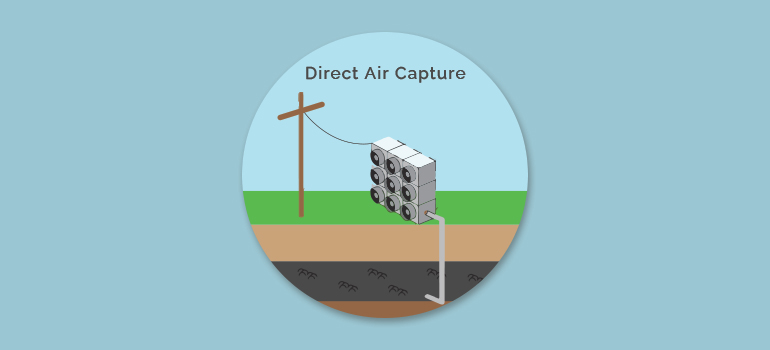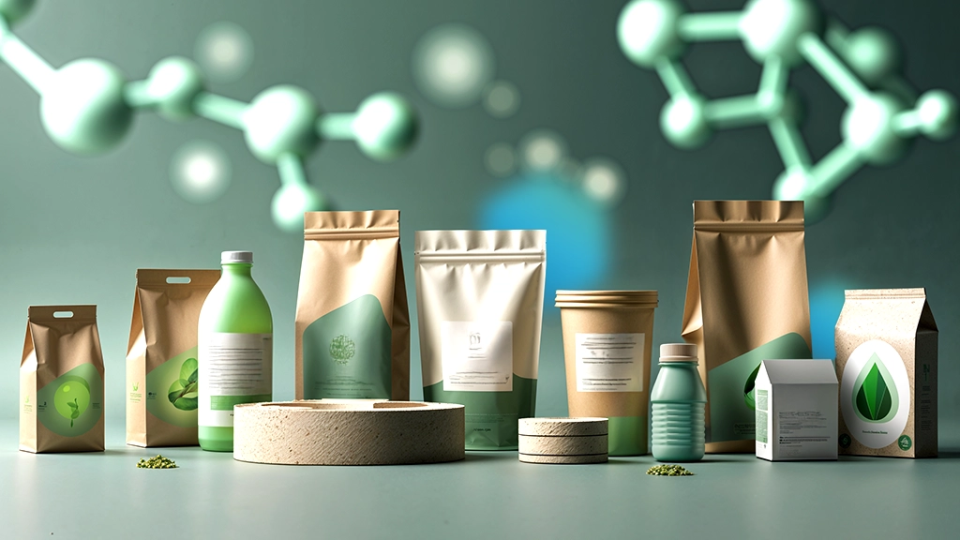Carbon is the main component used in most chemical industries to produce chemicals and fuels and manufacture plastics, pharmaceuticals, furniture, clothing, etc. As per CO2 Value Europe, 90% of the carbon demands are currently fulfilled by fossil resources, depleting fossil resources, and increasing global warming. Hence, Carbon Capture and Storage (CCS) technology is imperative to reduce CO2 emissions by factories/plants/industries and vehicles and decrease global warming. One such method of CCS is Direct Air Capture technology. Below, we have answered the top 3 frequently asked questions about DAC to help you better understand the technology.
What is direct air capture, and how does it work?
Direct Air Capture is the process and technology to directly capture the air from the atmosphere and then separate the Carbon Dioxide (CO2) from it using chemical reactions. The rest of the air is released back into the environment while separated CO2 is either stored underground, known as sequestration, or used to make materials such as plastics and cement.
Presently, there are two methods to capture CO2 from the air directly: solid DAC and liquid DAC.

- Solid DAC: Solid DAC, popularly known as solid sorbent, uses solid sorbent filters in which a primary chemical is spread on the filters. When air flows above the solid sorbent filters, a chemical reaction occurs, which binds the CO2. After that, the filters are heated between 80 C and 120 C and placed under the vacuum, which releases the concentrated CO2 to be captured for either underground storage or use in making materials.
- Liquid DAC: Liquid DAC, or liquid solvent, is more complicated. When air passes over a liquid solvent, usually potassium hydroxide (KOH), it reacts and separates CO2 from the air, making potassium carbonate (K2CO3). The K2CO3 flows into the different chambers where another reaction occurs, producing a mix of solid calcium carbonate (CaCO3) prills and water (H2O).
After that, the mixture of CaCO3 and H2O is separated. CaCO3 is then heated to 900 C by using natural gas. This releases high-quality CO2 gas, which is captured and compressed. The captured CO2 is stored underground or used to make long-lasting products like construction materials and plastics.
How much does direct air capture cost?
Currently, DAC is costlier than other methods of capturing carbon dioxide. Some DAC plants cost between $250 and $600 per ton of CO2 removed. As per the researchers from RFF-CMCC European Institute on Economics and the Environment, the cost of direct air capture in the future is uncertain and will highly depend on how fast technology evolves. DAC technology is costly because it takes a huge amount of energy to remove CO2. In both liquid solvent and solid sorbent, the heating process requires chemical heating to 900 C and 80 C to 120 C. Therefore, unless direct air capture technology completely depends on renewable energy for chemical heating, it requires fossil fuels to some extent, even if the procedure is carbon-negative at the end.
What are the latest developments in direct air capture technology?
As per the International Energy Agency (IEA), 19 direct air capture plants are currently operational across the globe. Most of these plants are small-scale and trade the captured CO2, such as carbonated drinks.
On 8th September 2021, Climeworks, in collaboration with Carbfix, launched a new plant in Iceland, namely Orca, that can capture 4000 t CO2 per year, making it the world’s largest DAC plant that can remove CO2 from the atmosphere.
In the Orca carbon capture plant, CO2 gas is directly captured from the air, and the CO2 captured from geothermal fluids is mixed to store underground for the basalt rock formation. This is the world’s first plant to turn CO2 into rock within 23 years using the mineralization process.
Carbon Engineering collaborates with Occidental Petroleum, and the first large-scale direct air capture plant is being constructed in the United States. The plant will capture 1 Mt CO2 per year and be operational by 2024



